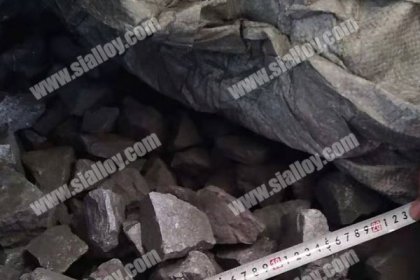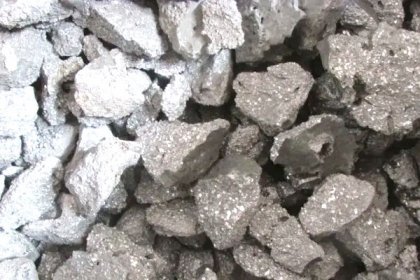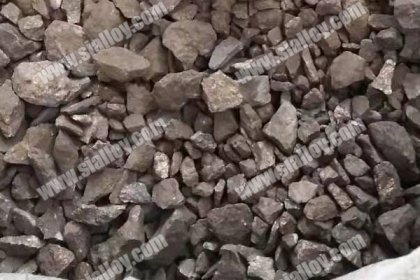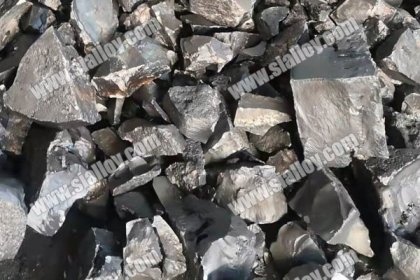iron and steel industry waste
The iron and steel industry produces many kinds of pollutants such as waste water, waste gas, and waste residue.The iron and steel industry is a major consumer of water, which accounts for 20% of China's industrial water consumption, and wastewater discharge accounts for 12% of China's industrial wastewater discharge. There are many pollutants in the iron and steel industry wastewater. Its main sources include cooling water, gas washing water, and waste water from washing equipment and dust removal. In these waters, part of the water is cooled and recycled, and the other part of the sewage needs to be treated before it can be recycled or discharged. The principle of treatment of wastewater from the iron and steel industry is to adopt the most effective, simplest and most economical treatment method so that the treated water and other resources can be recovered. The sewage in the smelting process mainly comes from flue gas dust removal sewage, which contains a large amount of iron oxide and other magazines, and must be treated before it can be used or discharged, otherwise it will cause serious harm to the water environment in the surrounding area.
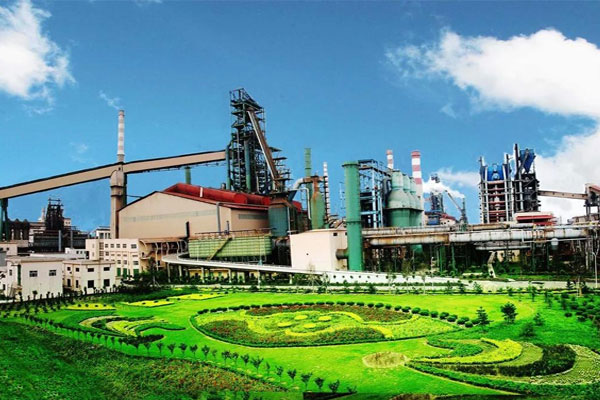
Air pollution means that the concentration of pollutants in the air has reached a harmful level. Pollutants exist in solid, liquid, gaseous and other forms. Pollutants, such as acid mist and harmful gases, are generated in almost every production link of iron and steel enterprises. These polluted air have a great impact on human health and plant growth. The well-known "London Smog Incident" is an example of many deaths caused by the sudden action of high concentrations of pollutants. A large amount of sulfur dioxide emissions will cause acid rain, damage trees, slow plant growth or even wither, and fall off of branches and leaves. Air pollution is a problem in the steel and ferroalloy industries that we must strictly control.
In addition, the iron and steel industry also generates a large amount of solid waste. Waste slag is generated from mining, metal smelting and manufacturing, ferroalloy and other additive production, such as waste rock, tailings, smelting slag, dust, used graphite electrode, sludge, etc. The most important of these are blast furnace slag and steelmaking slag. Every ton of pig iron produced in a blast furnace will produce about 300kg of slag, and every ton of steel produced will produce about 150kg of steel slag. If these waste residues are used, the pollution to the environment can be reduced, and the overall resource utilization rate can be improved at the same time.
 中文
中文
